The digital revolution in industry: The rise of the digital twin and virtual commissioning

In an era characterized by digital innovation and technological progress, concepts such as the “digital twin” and “virtual commissioning” are changing the rules of the game in the industry. These technologies offer companies the opportunity to virtually model and simulate real assets and processes to accelerate commissioning, reduce costs and increase efficiency. In this in-depth post, we will delve deeper into the world of digital twins and virtual commissioning and explore their diverse applications and impact on the industry.
1. Digital Twin Basics: A digital twin is a virtual representation of a physical object or asset that accurately replicates all relevant properties, characteristics and behaviors of the real object. This digital copy is created using sensors, data analysis and modeling technologies and allows engineers and operators to monitor, analyze and optimize the asset in real time.
A digital twin can not only represent the physical aspects of an asset, but also collect and analyze data about the operating status, maintenance history and the environment. This enables companies to create a comprehensive digital map of their systems, which serves as the basis for efficient operational management and optimization.
2. Virtual commissioning in detail: Virtual commissioning is a process in which a system or production process is first modeled and simulated virtually before it is implemented in the real world. By using digital twins, potential problems and bottlenecks can be identified and resolved early, avoiding expensive changes and delays during actual commissioning and resulting in a faster time to market.
During the virtual commissioning process, various scenarios are simulated and tested to ensure that the system or process functions optimally and meets all requirements. This allows engineers and planners to anticipate potential problems and develop solutions before the facility is physically built.
3. The Benefits of Virtual Commissioning: Virtual commissioning offers a variety of benefits to businesses, including accelerating commissioning time, reducing overall costs and minimizing risks. By identifying and resolving potential problems in the virtual environment, costly mistakes can be avoided and project profitability maximized.
In addition, virtual commissioning enables efficient training of employees and operators as it offers the opportunity to learn and familiarize themselves with the processes in a safe and controlled environment before the plant is commissioned. This helps reduce downtime and increase productivity because employees are optimally trained and prepared from the start.
4. Applications of digital twins: Digital twins are used in a variety of industries and processes, including manufacturing, logistics, energy production and healthcare. They are used to model and simulate complex assets and systems in order to optimize their performance, minimize downtime and extend the life of the assets.
Some of the most common areas of application for digital twins are predictive maintenance, simulation of production processes, optimization of logistics processes and the development of new products and technologies. By using digital twins, companies can improve the efficiency of their operations, increase the quality of their products and strengthen their competitiveness in the market.
5. The future of digital twins and virtual commissioning: The use of digital twins and virtual commissioning is expected to continue to grow in the coming years as companies increasingly look for ways to optimize their operations and increase their competitiveness. As more advanced sensing technologies, data analytics and AI algorithms develop, digital twins will become even more precise and powerful, leading to another revolution in the industry.
Overall, the digital twin and virtual commissioning show enormous potential to fundamentally change the way companies develop, operate and maintain their systems. Companies that adopt these technologies early and integrate them into their business strategy will gain a decisive competitive advantage and stay at the forefront of the digital revolution in industry.




